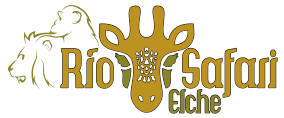Our mission
Caring and Conservation
he essential role of zoos in modern societies can be summarized in one sentence: extinction is forever.
Wild animal populations require habitats and ecosystems able to provide the elements of food, water, space, shelter, necessary for life, and also which constitute a reserve of resources for today and for the future of their progeny. But in today’s world, these conditions are more and more reduced every day.
Eradication of species is a reality in our time. As human population increases at iexponential rates so does the encroachment on natural habitats. Habitats are thus lost, and so are the resources on which the life of many animals depend, and human invasion decrease the space available for the development of animal wildlife, pushing them to live in very small areas, where genetic diversity is compromised, annulling the sustainability of the species in the long term.
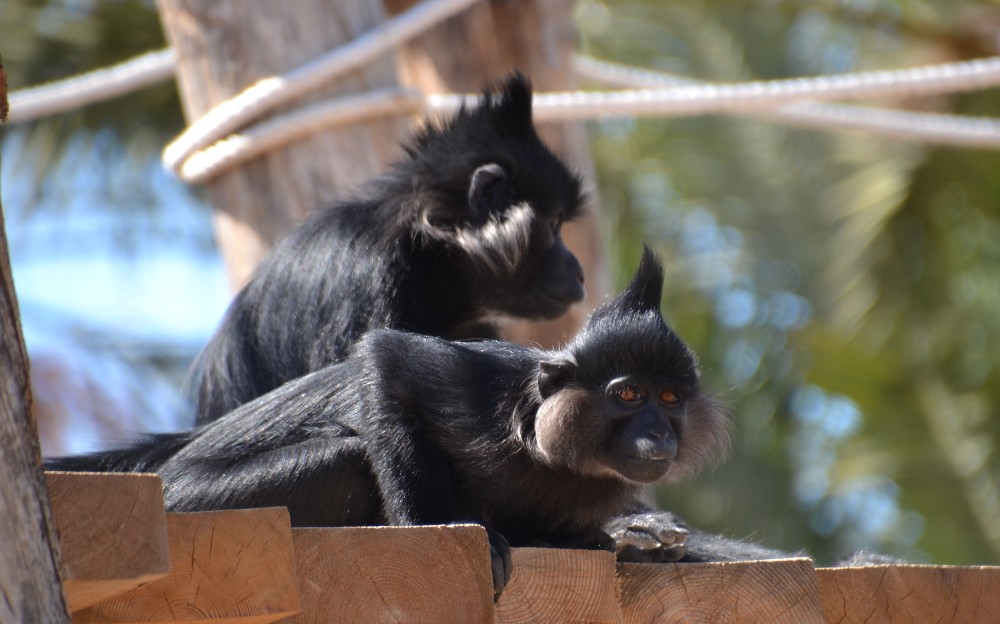
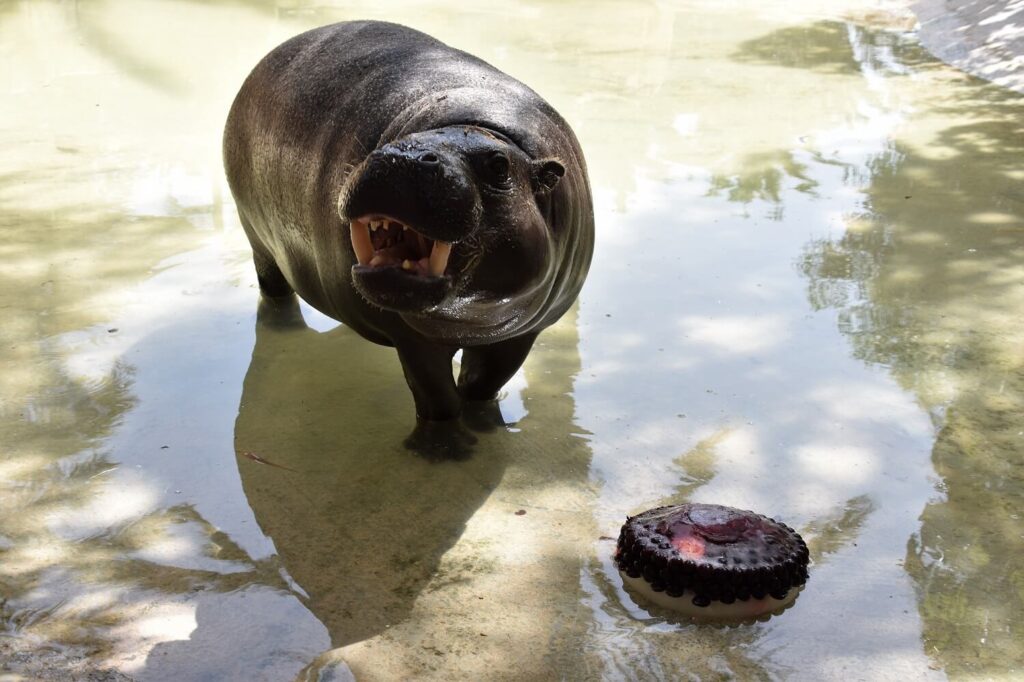
Thereby, zoos take on the responsibility of carrying out international programs for the conservation, reproduction and management of animal populations in captivity, toward the conservation of species.
Hence a visit to the zoo may certainly mean many things to many different people, like connecting with nature, creating relevant memories with your loved ones, or seeing your kids play safe, but it is the stories, the stories under the surface, what weave together and give meaning to our mission.
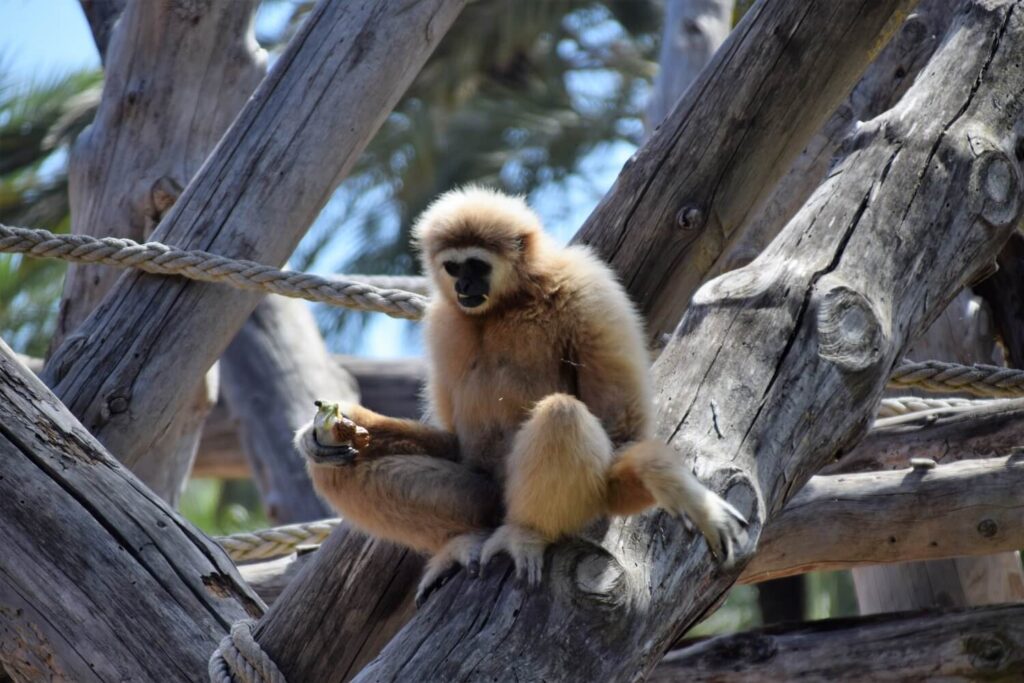
“And…is there more we don’t know?”
Did you know that we are a CITES Rescue Center?
CITES Rescue Center It has been constantly ratified that Spain is one of the paradise countries for the illegal trafficking and trade of animals. Spain has been a signatory to the CITES Convention since 1986, but despite this, it is still mainly used as a channel for transporting protected animals to other countries such as Europe and the United States. Records indicate that 30% of illegal trade passes through Spain and only 50% of this total is detected. All this boom has been reflected since the sixties, when gorillas, turtles, chimpanzees, caimans, crocodiles, amphibians, iguanas, pythons, spiders, boas, lions, macaws began to replace dogs, cats and canaries as pets. It is estimated that nearly 60,000 reptiles and more than 100,000 exotic birds live in Spanish homes.
On July 13, 2018, Rio Safari Elche, through its Foundation, was designated as a CITES Rescue Center, being authorized to house, maintain and care for specimens intervened or seized by the competent authorities, in compliance with the CITES Convention. Some of these animals are returned to their owners after a judicial resolution, although many of them find a permanent home in our facilities. More than 50 CITES specimens have been deposited in our facilities to date, including primates such as chimpanzees, tamarins, or red-handed tamarins; birds such as macaws, cockatoos, and parrots.
Regarding reptiles, the most intervened species by the authorities is the Mediterranean tortoise (Testudo graeca). These animals are apprehended at the Port of Alicante, on ferries coming from North Africa, hidden in bags and luggage. Rio Safari Elche hosts all these specimens intervened by the port authorities.
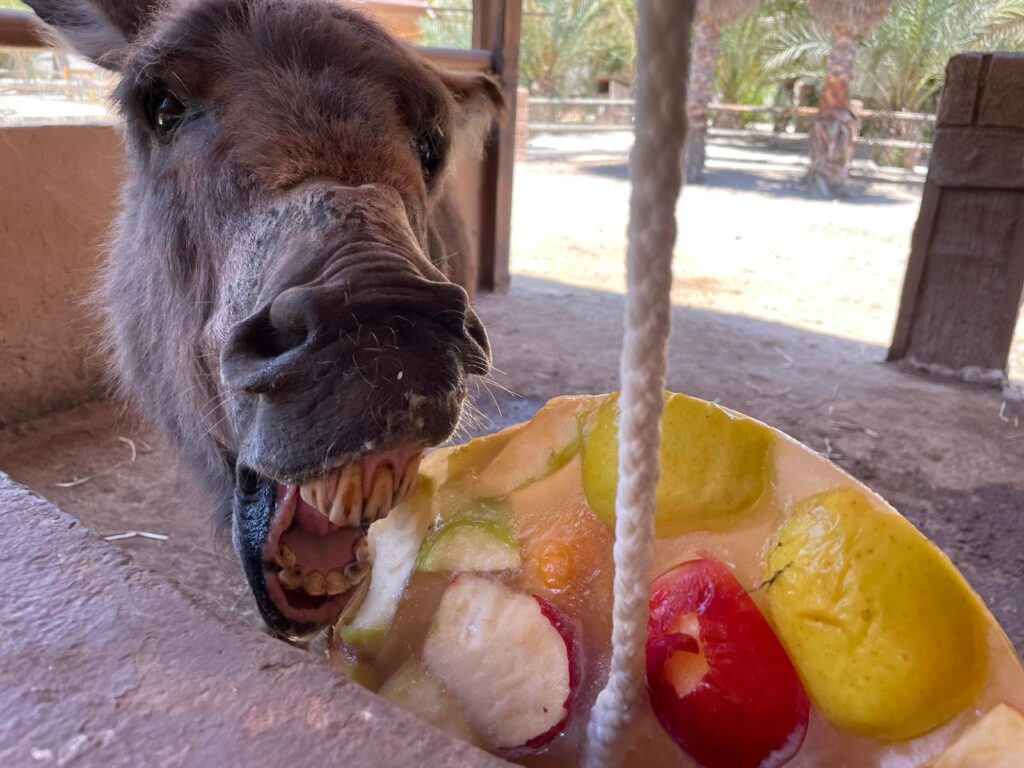
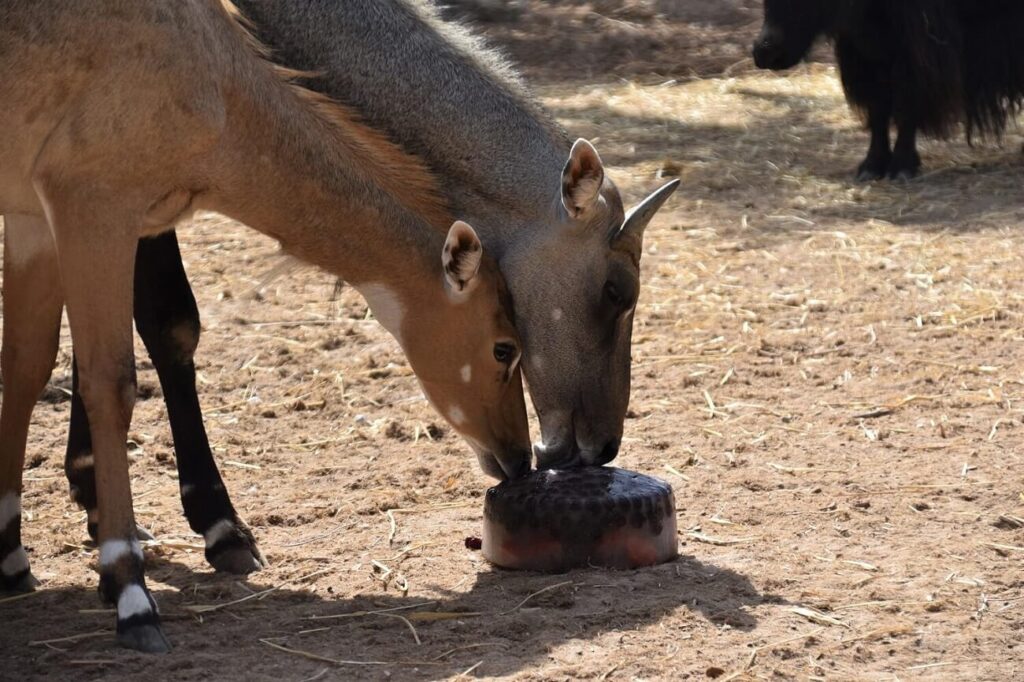
• Rescue of abandoned/injured domestic animals
Abandonment of animals continues to be a burden in our society. Specifically, we have carried out rescues of equines (horses, donkeys, and ponies), animals that are abandoned due to the inability of their owners to attend to the needs of these animals, when they become no longer useful, or for other reasons, such as old age or the appearance of diseases that entail veterinary expenses that they cannot afford. None of the rescued equines had the mandatory identification (microchip and passport), which makes the task of finding the responsible party for the crime of abandonment even more difficult.
• Rescue of potentially dangerous animals
These are rescues resulting from the escape of potentially dangerous animals from pet ownership or private collections, whether they are exotic or domestic species, in which case authorities require our services for chemical immobilization using a remote injection system for general anesthetics.
For example, there was an emu that appeared in Monforte del Cid, near the Madrid-Alicante highway (A-31). Due to the proximity to the highway and the potential risk of causing an accident if the animal invaded this route, the Alicante Civil Guard Command, through the Nature Protection Service of Ibi, requested our services as they lacked the necessary equipment and anesthetics.
On another occasion, Rio Safari Elche was called upon to capture two macaques that had escaped from the house of a private individual who had a small private collection of wild animals. The animals roamed the outskirts of the town of Guardamar del Segura and were captured by our team of professionals.
Another notable case was a woman who was attacked by one of her dogs, causing serious injuries. The dog, a crossbreed of a potentially dangerous breed, was on a property with another twenty dogs. It was necessary to sedate the animal with an anesthetic dart so that authorities could transport it for observation and subject it to the veterinary checks required in these cases.
• Collaborating center in the collection of invasive exotic species
Invasive exotic species are species intentionally or unintentionally brought from one part of the world to another and become competitors, predators, or parasites of native species. They are responsible for the decline of many native species populations.
This is the case with the well-known Florida Turtle, classified as an invasive species, now common in our rivers and swamps, whose intentional release by humans into the natural environment is causing great ecological imbalances and putting the survival of native species such as the Leprous Turtle (Mauremys leprosa) and the European Turtle (Emys orbicularis) at serious risk.
Rio Safari Elche is a collaborating center in the collection of this species by individuals and subsequent delivery to the competent authorities, in order to prevent the release of these animals into the natural environment and their disastrous consequences.
